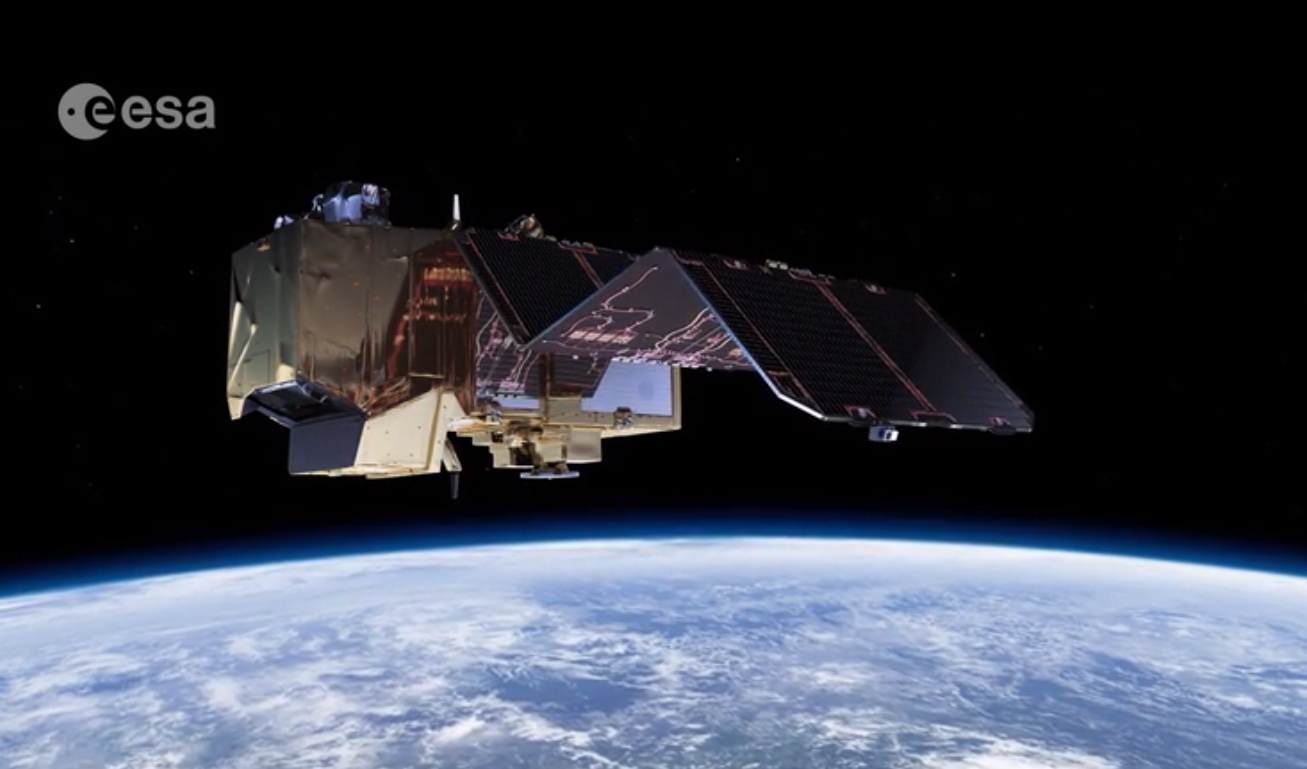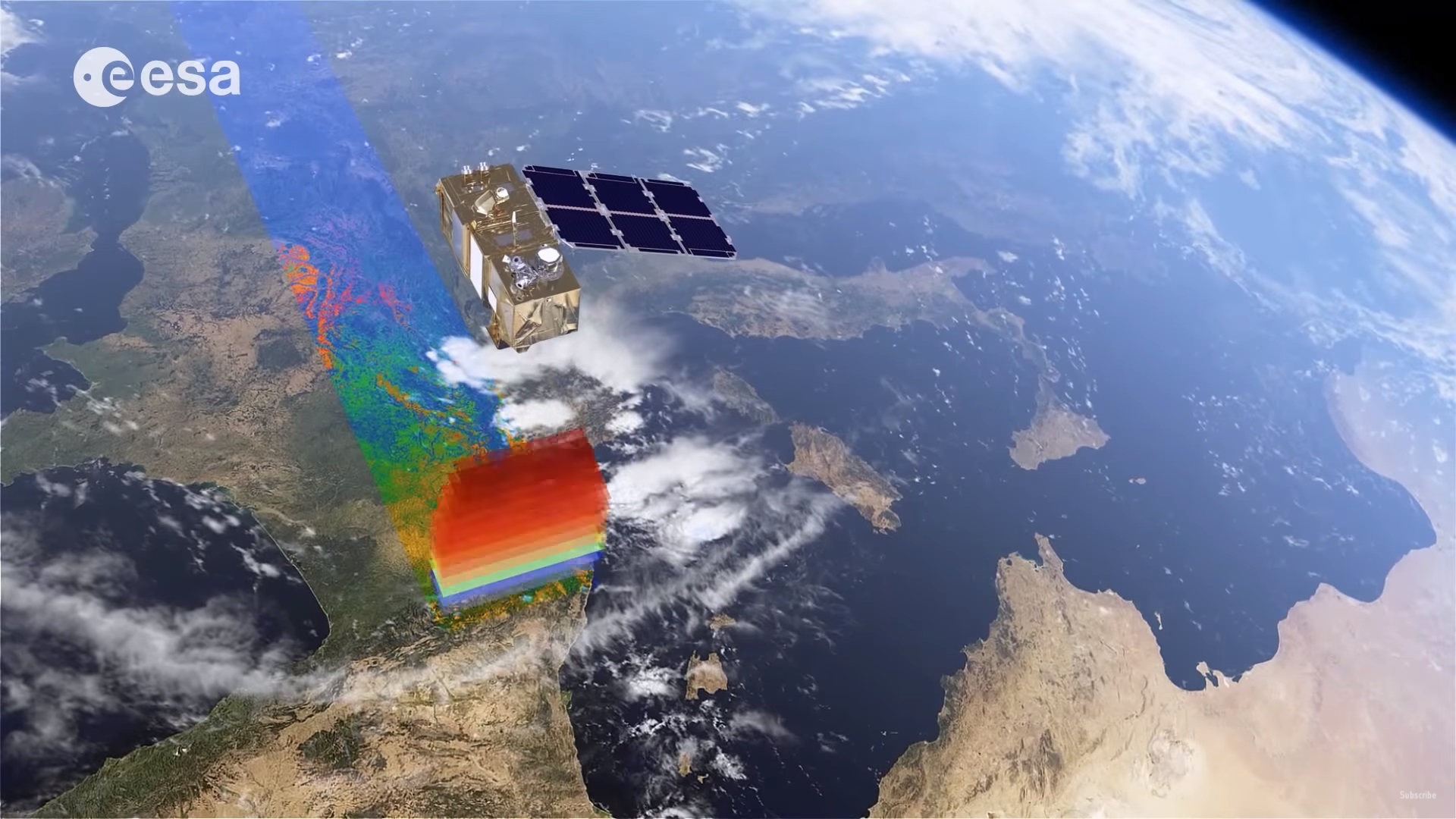Topic 1E - Accessing Data and Using The WEkEO Platform
Within the field of EO, it is important to know what kind of data you are using and how to access it, because you are often dealing with Big Data.
Big Data is a large amount of data, which can be structured or unstructured. Big Data is hard to access with traditional methods, for example – you would not be able to load a whole set of satellite data on a normal home computer because they take up huge archives of data. It is not only hard to access Big Data, but it is hard to work with.
We need to find a way to digest all the information produced by satellites – because it is not possible to process manually the massive volume of data produced daily. AI and ML can be used to make Big Data more manageable and usable for a variety of applications. It can turn masses of data into useable information.
In other words, AI can be used to translate electromagnetic quantities – such as reflectance and backscattering – into physical quantities – such as Sea Surface Height and Sea Surface Temperature.
WEkEO
The European Commission has launched a new initiative called DIAS to provide a single access point to all Copernicus data and information, alongside processing resources, tools and other relevant data.
As key organisations in the Copernicus Programme, EUMETSAT, ECMWF, EEA and MERCATOR OCEAN have combined their long-standing experience to develop the WEkEO Copernicus DIAS service.
WEkEO is the EU’s Copernicus DIAS reference service for environmental data, virtual environments for data processing and skilled user support. WEkEO DIAS Service is implemented by EUMETSAT, ECMWF, EEA, and Mercator Ocean.
What’s in a name? The name WEkEO (pronounced [wikio]) first refers to the image of the Wikipedia reference portal, and also brings up the idea of a collaborative platform where the first syllable “WE” involves the 3 centres (EUMETSAT, ECMWF, EEA, and MERCATOR OCEAN) together with all WEkEO’s users. It also refers to the way the WEkEO platform is built with a distributed architecture. The letter “ stands for knowledge and “EO” stands for “Earth Observation” and for “Environment Observatory”.
How does it work? WEkEO’s strength relies on its distributed infrastructure built thanks to the Copernicus organisation already in place in the three centres: infrastructure and data from the three centres are not duplicated but rather linked together, reducing costs for the European tax payer and avoiding the need for new energy-consuming infrastructure.
This approach gives users direct access to work with the most up-to-date Copernicus data instead of having to rely on copied, archive datasets. Finally, this federative approach can be extended to other selected external partners, so the system has the potential to continually grow and expand in the future.
Featured Educator
- Joana Miguens

©

©

©
Discussion






